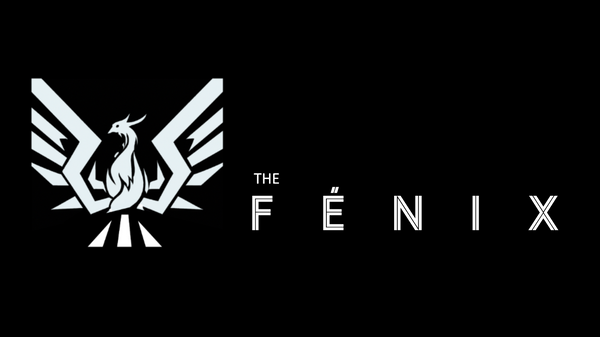Are you over reliant on cones when running hockey practices?
Or are you the opposite?
There is a type of coach that sees themselves as "above" using cones.

This guy is taking being above cones a bit too literally.
This is not to say they will never use them. It's also not to say that they would explicitly say they are above using cones. That phrase is just a good way to summarize their view. Elaborating on this, the thinking is that lesser coaches rely on cones but there is a more sophisticated level where you can get what you want out of players without using them.
Cones control routes through a drill and they can also be used to indicate where a certain skill should be executed or action should be taken (say, a "power turn").

Cones control routes on roads as well.
What if you were a coach that had the capability to simply communicate those things and then allow players to control their own routes (Their task would be to get close to what you described) and perform the intended skills or actions roughly where and when you indicated? Then you do not need cones.
There is something to this. It demands a bit more of the player and does so in a game-realistic way. In general, demanding more of players is not without its risks (overwhelming players can shut down learning), but when applied appropriately it also leads to more rapid improvement. As such, asking players to learn a route based on instruction (or, even better, reading and reacting to other players so players are learning the timing-dynamics of working with teammates) is a tool that coaches should take advantage of.
But, there are a couple of ways in which it can fail.
First, younger skaters will struggle to get the routes right without on-ice landmarks. This may cause them to get the route roughly right but with a cost. That cost is having their attention totally consumed with just getting the route right and thus not really being able to focus on getting technique right. Alternatively, they may just get routes wrong and create a mess of a drill.
The second failure case is when even advanced players are robbed of feedback they may have gotten about how well they executed a technique. The idea is that if they had the tangible location indication that on-ice landmarks provide, then there is a right and wrong element for where and when they did the technique. This is because successful interactions that involve other players may require doing them at the right distance and with the right timing relative to those other players. The same can be true when executing skills while approaching or next to cones. This can create feedback that fine tunes the spatial and timing precision associated with the skill. In short, cones can create richer feedback.
So, if you follow my line of thinking, it is true that forcing players to manage their own routes can be valuable AND that drills where routes are explicitly controlled with cones can be valuable. But the value of each choice is distinct from the value of the other. The added feedback value of cone-controlled drills has its place, but so does the game realistic nature of drills where the routes are more a matter of interpretation by the player.

A hockey coach trying to find a balanced approach
Cones are not the only way to explicitly control routes. On-ice markings are often used for this same purpose. Many of the same points can be made about using those as are made above regarding cones. However, that sort of route-control is usually not looked down upon in the same way that "cone drills" are (by some).
So, we see that some hockey practice situations demand the use of cones while others demand "less than a cone" which is to say, no "extra hardware" on the ice.
Are there situations that demand "more than a cone"? In the next post we look at the extreme other end of the spectrum. As we've discussed many times on this blog and as we've set this very website up to serve, there is a modern trend of skills practices having quite a few relatively complex devices added to the ice surface.


Just a few examples of modern practice aids that we happen to like...
In light of the purposes, we've considered above for cone drills and no-cone drills, what purposes might these "maximal-device-using" drills have supporting their use? We'll dig into that in the next post!

